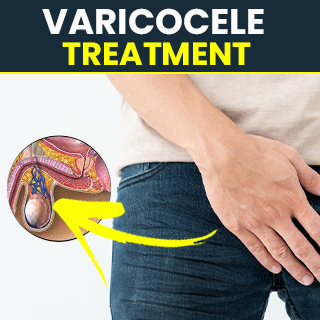Vitiligo is a skin disease that causes loss of color on the skin that is in patches. It can affect the skin of any part of the body. The affected part usually gets increases with time. This condition is not life-threatening but people with vitiligo undergo stress as its appearance is bad. The skin color is determined by melanin when the cells of this pigment stop functioning vitiligo occurs.
Symptoms of vitiligo:
Following are the vitiligo symptoms that usually appear, including:
Patchy loss of skin tone, which typically first shows up on the hands, face, and regions around body openings and the private parts.
Sudden whitening or turning gray of the hair on your scalp, eyelashes, eyebrows, or facial hair.
Loss of color in the tissues within the mouth and nose.
Whitening of an eyelash, eyebrow, or area of scalp hair
Ears also contain melanocytes so when these stop functioning hearing loss may develop.
Causes of vitiligo:
When melanin, the pigment that gives your skin, hair, and eyes color, stops generating by pigment-producing cells called melanocytes, it results in vitiligo. The affected skin patches became lighter or white. What specifically causes these pigment cells to malfunction or die is unknown. Some vitiligo causes are:
An autoimmune condition.
Genetic cause
A trigger event, such as stress, intense sunburn, or skin harm, like contact with a chemical.
Environmental triggers
Prevention of vitiligo:
To lower the chance of getting vitiligo, following such precautions, these precautions also help in the proper vitiligo cure, including:
1. Adapting sensible sun exposure practices.
2. Apply moisturizer on a daily basis to take proper care of your skin.
3. Prevent physical stress or harm to your body.
4. Managing any autoimmune disorders that may present in the body.
Treatment of vitiligo:
Various home remedies may help to manage its symptoms and improve the appearance of the skin. Here are a few home remedies for the vitiligo treatment:
1. Sunscreen: Protecting the affected skin from the sun is crucial as the patches are more susceptible to sunburn. Apply a broad-spectrum sunscreen with a high SPF regularly when exposed to the sun.
2. Aloe vera: Applying fresh aloe vera gel to the affected areas may help soothe the skin and reduce inflammation.
3. Turmeric: The compound, curcumin, have antioxidant and anti-inflammatory properties. Applying a paste of turmeric and mustard oil may help the affected areas of a vitiligo patient.
4. Vitamin D: Exposure to sunlight may help in the repigmentation of the skin in people with vitiligo skin disease.
5. Red Clay therapy: Red clay mixed with ginger juice or water is used by some individuals to improve pigmentation. Apply the mixture to the affected areas and rinse off after it dies.




No comments:
Post a Comment